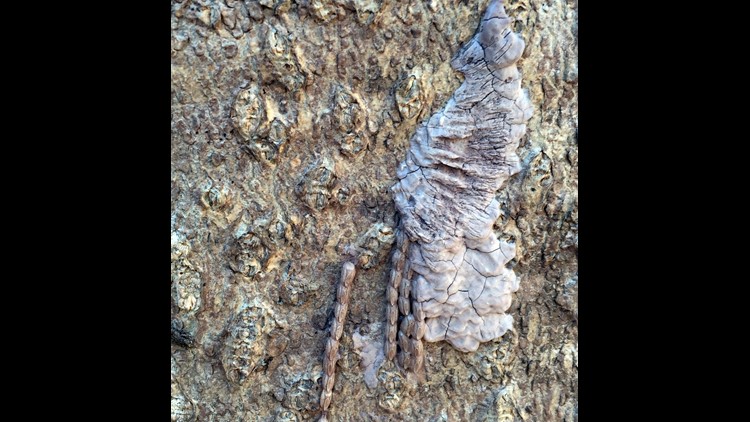Harrisburg – Before September 2014, no one had heard of Lycorma delicatula. Since then, a dedicated team of state, federal and local public officials, academic researchers, and other technical experts have been working collaboratively to learn about the Spotted Lanternfly’s lifestyle to prevent its spread throughout Southeastern Pennsylvania and beyond.
Residents of Bucks County, where the invasive pest was first discovered in the United States, have joined in efforts to kill the inch-long, black, red and white spotted insect which has spread to include 13 counties now under quarantine to prevent the movement of the insect or its egg masses. People living, working, or visiting the quarantine area – which includes Berks, Bucks, Carbon, Chester, Delaware, Lancaster, Lebanon, Lehigh, Monroe, Montgomery, Northampton, Philadelphia, and Schuylkill counties – must remain vigilant to avoid transporting the insect to non-infested areas.
Senator Mensch has been monitoring the Pennsylvania Department of Agriculture’s leadership efforts to eradicate the Spotted Lanternfly, in partnership with the United States Department of Agriculture (USDA), Penn State’s Extension Service, industry and conservation groups, and private citizens who recognize the potential threat of this invasive pest from southeast Asia.
“I have been following the situation closely and encourage those living or travelling in the quarantine area to take steps to avoid spreading the invasive pest – at any stage in its lifecycle,” Mensch said. Although the Spotted Lanternfly prefers the Ailanthus tree, commonly known as the Tree of Heaven, for feeding and mating, it has wreaked havoc in vineyards and orchards in Berks County and surrounding areas.
“I’ve heard reports of these insects swarming on phone poles, brick buildings, tree trunks, sweet basil and hops,” Mensch added. “Although they do not bite or sting, Spotted Lanternflies eject a liquid called honeydew, which smells like vinegar but attracts stinging insects and sooty mold, which can weaken or kill the host plant.”
Some have estimated potential crop losses – including Pennsylvania apples, grapes and hardwoods – at $18 billion dollars.
“Whether you are a farmer, firefighter, contractor, or brewer, this pest – if left unchecked – could destroy your business, damage your home, or dampen your quality of life,” said Mensch. “The Spotted Lanternfly is an unwanted hitchhiker, so I’m calling on all Pennsylvanians to check your vehicles, inside and out, and kill the insects and destroy their egg masses.”
Senator Mensch noted that there are easy-to-follow precautions for residents and visitors to prevent the destructive pest, which threatens to damage or destroy Pennsylvania’s apple and grape harvest and valuable hardwoods:
- Scrape egg masses from trees or other surfaces, double bag them, and throw them in the garbage, or place the eggs in alcohol or hand sanitizer to kill them. Egg masses, which are laid in the fall, are initially waxy-looking, grey-brown blobs, and later look like dried mud. Each egg mass contains 35-50 young Spotted Lanternflies.
- Check vehicles – inside and out – for egg masses before leaving an infested area.
- Buy firewood locally. Do not take it with you when you leave.
- Check lawn furniture, wood products, construction materials, tarps, lawnmowers, trailers and other items stored outdoors before bringing them in for the winter, covering them or moving them.
- Do not transport brush, woody yard waste, remodeling or construction materials outside quarantined areas.
The Spotted Lanternfly is an inch-long black, red and white spotted insect native to southeast Asia. In just three years, this invasive species from South Korea, which is approximately the same size as Pennsylvania, has attacked 25 plant species there that are also found in the commonwealth. Prior to the fall of 2014, when it was discovered in Berks County, the Spotted Lanternfly had not been found in the United States.
For more information about the Spotted Lanternfly and efforts to control its spread, visit the Pennsylvania Department of Agriculture website.



